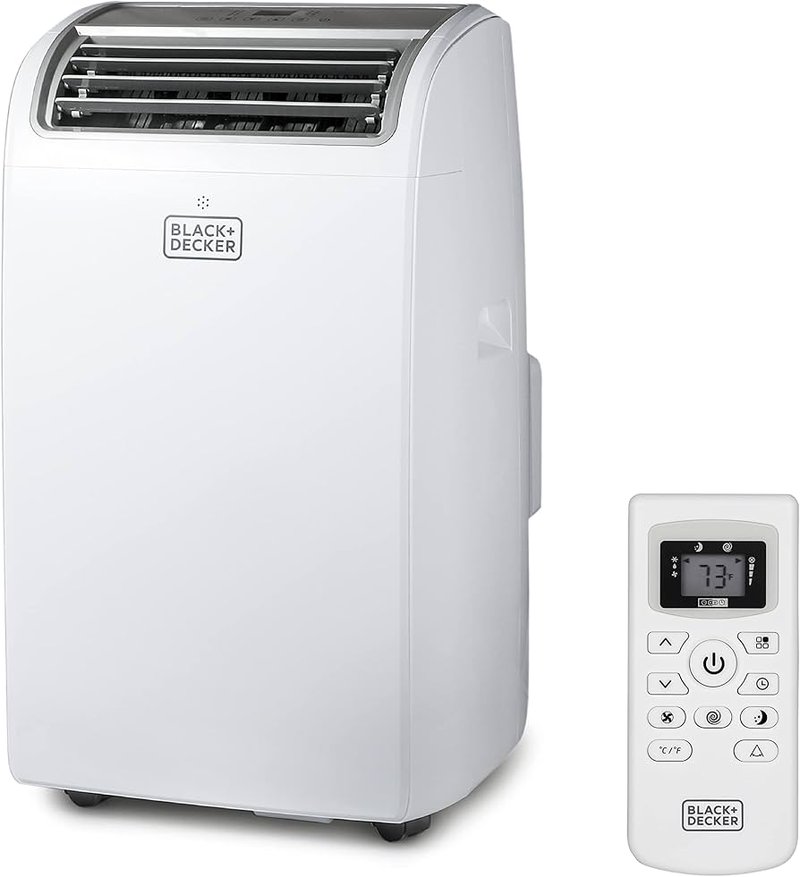
The OE error code on GE air conditioners generally indicates a problem with water drainage. Think of it like a clogged sink that refuses to let the water flow out. Just like a backed-up sink can become an inconvenience, a drainage issue in your air conditioner can lead to more significant problems if left unchecked. This error means that your air conditioner might not be expelling water properly, potentially causing it to malfunction or even damage internal components. While it’s unlikely your air conditioner will explode or anything dramatic like that, ignoring the warning signs can reduce its efficiency or lifespan.
Understanding the Error Code OE
When your GE air conditioner displays the OE error code, it’s akin to a warning light on your car’s dashboard. It’s your appliance’s way of saying, “Hey, there’s something you need to check here!” This error generally points to a problem in the drainage system of the air conditioner. When we talk about drainage in air conditioners, we’re referring to the process where the unit removes humidity from the air, converting it to water, and then expelling it outside.
In simple terms, if your air conditioner is a sponge soaking up moisture from your room, it needs a way to wring itself out. The OE code suggests there’s an issue with this wringing-out process—maybe the sponge is too full or the water isn’t being expelled properly. This could be due to a clogged drain hose, a blocked drain pan, or even a faulty pump.
Why is this important? Well, if the water can’t exit efficiently, it can accumulate inside the unit. This can lead to mold growth, unpleasant odors, and in severe cases, water leakage. Imagine your air conditioner leaking all over your living room floor—not quite the refreshing, cool comfort you intended!
Is It Safe to Continue Using It?
Here’s the deal: while you might be tempted to ignore the OE error and continue using your air conditioner, it’s not the best idea. First and foremost, operating an air conditioner with unresolved drainage issues can lead to less efficient cooling. You might find that your room isn’t as cool as it used to be, or that the unit works harder (and uses more energy) to achieve the same results. It’s like trying to bike uphill with flat tires—not impossible, but definitely not ideal.
Moreover, ignoring this issue might cause further damage to the unit. Continuous water buildup can stress the internal components, potentially leading to more expensive repairs down the line. Additionally, if water begins to leak from the unit, this can cause damage to your home, such as warped flooring or stained walls. Nobody wants that kind of headache!
In short, while it may not be an immediate safety hazard, using the unit without addressing the error could create long-term problems that are best avoided. It’s advisable to investigate and resolve the issue to keep your air conditioner running smoothly and efficiently.
Fixing the OE Error Code
So, how do you tackle the OE error code? Well, it’s not as daunting as it might seem. Start by checking the drain hose. It might be clogged or kinked, stopping the water from flowing out. Think of it like a garden hose with a kink stopping the water—straightening it out could solve the problem right away.
If the hose looks fine, take a look at the drain pan. Dust and debris can accumulate, causing blockages. Cleaning the pan might just resolve the issue. If you’re still seeing the error code, the problem might lie with the drain pump itself. Like a car with a faulty oil pump, if the pump can’t move the water, the whole system struggles.
What if DIY isn’t your thing? It’s perfectly fine to call in a professional. An HVAC expert can quickly diagnose and fix the issue, ensuring your air conditioner is in top shape. This approach ensures you don’t accidentally cause more harm than good—a common concern when dealing with complex appliances.
Preventative Tips
Once you’ve tackled the OE error, you’ll want to avoid it happening again. Here are a few tips: Regular maintenance is key. Just like you wouldn’t drive your car without oil changes, keeping your air conditioner in top condition prevents many common problems. Consider scheduling regular check-ups, especially before the hot season begins.
Additionally, ensure that your air conditioner is installed correctly with an adequate slope for proper drainage. An improperly installed unit is like a painting hung askew—it might function, but not quite as perfectly as it should.
Lastly, don’t forget to clean the filters and components regularly. A little attention goes a long way in ensuring your air conditioner runs efficiently and effectively. It’s like brushing your teeth twice a day—small efforts now prevent bigger issues later.
In conclusion, while encountering an OE error on your GE air conditioner might initially cause concern, addressing it swiftly ensures your appliance continues to operate safely and efficiently. Taking proactive steps can save you time, money, and the stress of unexpected breakdowns, keeping your cool comfort uninterrupted.